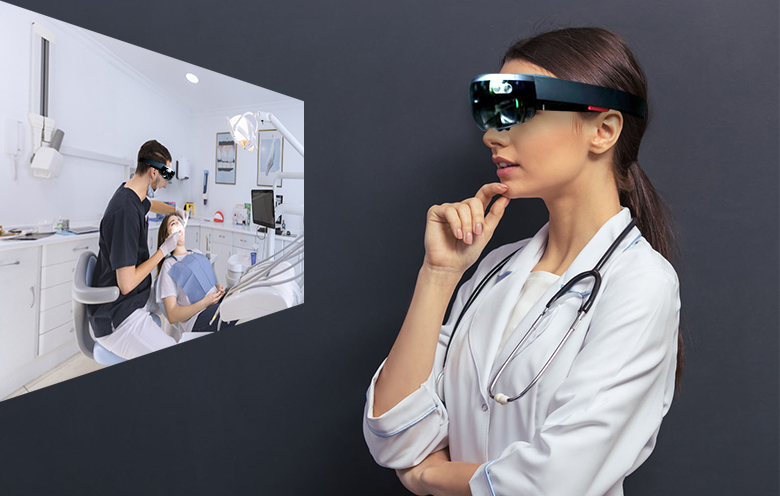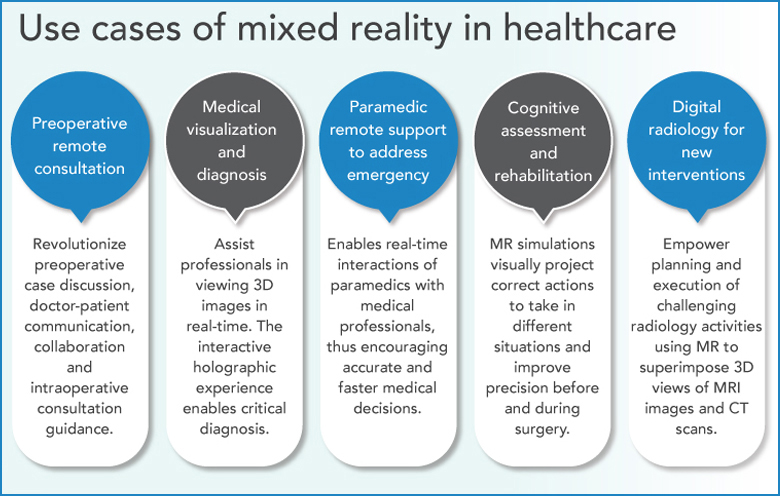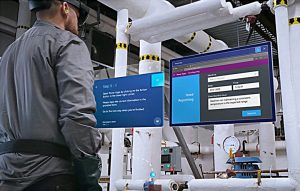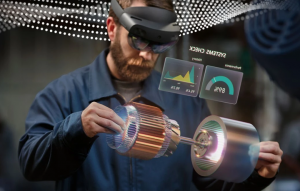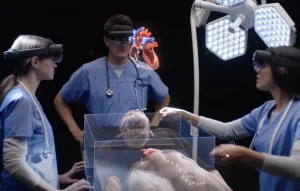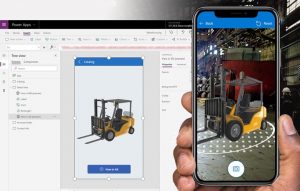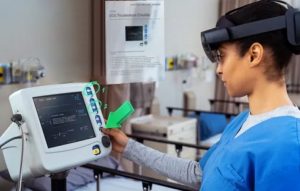The field of healthcare is constantly revolutionizing. Although, there are many challenges that doctors and other medical professionals face in treating a patient. The advancement in Microsoft’s HoloLens technology has brought a huge shift in how hospitals, medical clinics and other modern healthcare setups deliver care to patients.
Major challenges in healthcare
Many hospitals and medical clinics still depend on traditional technologies to interact with patients and read paper charts to get an overview of a patient’s health condition. In many cases, neurosurgeons face difficulty in performing CT scans of the patient. It is because the CT scan causes claustrophobia to several patients due to the noise and the enclosed pattern of the machine. Also, doctors need medical scans and records for detailed analysis, but loading and modifying electronic medical records of thousands of patients is a bulky process.
A team of medical professionals consists of receptionists, nurses, doctors and other professionals who need seamless coordination with each other during patients’ treatment. Also, it becomes challenging for them to work as a team by relying on multiple devices for communication, recalling diagnostic charts and other data.
Use cases of Mixed Reality in healthcare industry
The new version of Microsoft HoloLens has unveiled cutting-edge features that can impact the healthcare industry to a great extent. Let’s check out some of the ways in which these features are empowering medical professionals to improve the doctor-patient relationship.
Contextual patient data visualization
MR headsets can detect patients and instantly provide relevant medical information to doctors, saving time during interactions and allowing doctors to respond to emergencies quicker than before. Just being able to observe a patient’s vital signs without having to read screens or derive paperwork can save a lot of valuable time and allow for more convenient patient interactions.
Also, using MR enables elderly patients to receive hospital-level care and treatment at home where they feel more comfortable and hospitals would also get a benefit of free hospital beds for other critically ill patients.
The HoloLens app is also helpful to patients who need to travel often due to frequent doctor appointments with specialists by saving their time and money while still delivering personalized care to them. This enables the health care facility to utilize the same amount of time for other critical patients.
Generally, mixed reality application enables real-time interaction with medical professionals via hologram technology. It also allows care providers to share information hands-free as well as record patient data in real-time via a virtual dashboard. This advancement combines real-life, video conferencing and projected holograms to facilitate nurses’ and clinicians’ in accessing information and services as and when needed.
Holographic surgical planning
The MR application provides virtual surgery intelligence (VSI) to physicians to show patients their own MRI scans and explain the level of complication in a surgical procedure in a visual format. Not only that, but MR apps helps to reduce doctor’s response time and improve surgical accuracy, thereby offering enhanced patient experience. For example, if a patient needs to undergo a complicated surgery, the doctor is able to show diagnostic images to the patient with the help of the VSI feature of mixed reality. This feature helps the patient and the doctor to share the same field of view (FOV). In this way, doctors can discuss, plan, and initiate their treatment procedure, thereby reducing response time in patient care.
Onsite/remote surgery assistance
Furthermore, by wearing HoloLens, surgeons can have their hands free for surgery, as well as use microphones and sensors to communicate with other surgeons in different parts of the world making collaboration seamless. All these features including simulations and information extraction make mixed reality a valuable asset in improving surgical performance.
To get more information on Hololens healthcare use cases refer to our infographic
The final say
These are just some of the notable advantages of Microsoft HoloLens that prove that the future of healthcare is heavily reliant on mixed reality technology. These advancements make it feasible for medical professionals to hone their skills and attend hundreds of patients virtually without even touching them. Besides, using an MR application enables seamless collaboration between physical and digital objects to provide a better quality of treatment and patient experience. To know more about how to implement a HoloLens app for your healthcare organization, talk to our experts.


